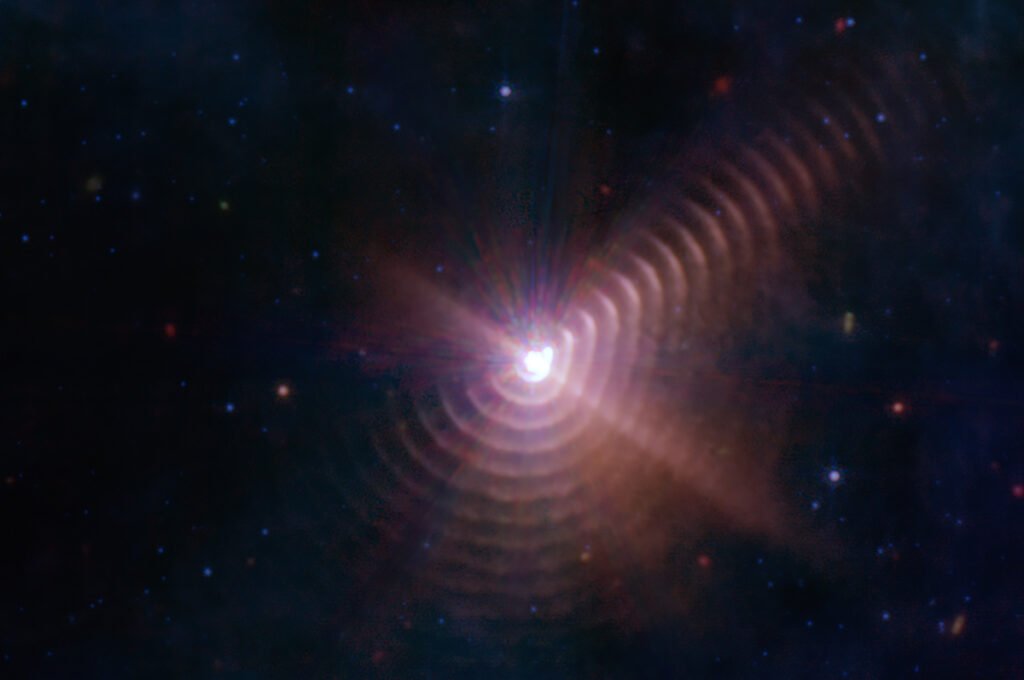2025-04-09 ペンシルベニア州立大学(Penn State)
<関連情報>
- https://www.psu.edu/news/earth-and-mineral-sciences/story/underused-radar-data-may-improve-severe-weather-forecasts
- https://journals.ametsoc.org/view/journals/mwre/153/2/MWR-D-24-0154.1.xml
- https://journals.ametsoc.org/view/journals/atot/35/8/jtech-d-17-0210.1.xml
対流圏下部の湿気と集中豪雨の予測を改善するための二重偏波レーダーからの新しい境界層観測の利用 Assimilating Novel Boundary Layer Observations from Dual-Polarization Radars to Improve Lower-Tropospheric Moisture and Torrential Rainfall Forecasts
Yunji Zhang,David J. Stensrud,C. Lyn Comer, and Braedon C. Stouffer
Monthly Weather Review Published:25 Feb 2025
DOI:https://doi.org/10.1175/MWR-D-24-0154.1

Abstract
The structure of the planetary boundary layer (PBL) is important for the initiation, development, and organization of convection. High-spatiotemporal-resolution networks that directly observe the PBL structure are currently unavailable. Recent studies discovered that differential reflectivity (ZDR) observations from dual-polarization Doppler weather radars in clear-air conditions can be used to characterize the top of the daytime PBL. Compared with other observational platforms that observe the PBL, these ZDR-derived PBL depth observations have high temporal resolution and relatively dense and uniform distributions over the CONUS. Therefore, assimilating these observations could potentially improve the estimation and forecast skill of thermodynamic structures in the lower troposphere. This study examines the impact of assimilating ZDR-derived PBL depth observations on the forecasts of the torrential rainfall and flash flood event in eastern Kentucky on 27–28 July 2022 using a strongly coupled land–atmosphere data assimilation system. The model configuration in the experiments mimics the operational HRRR. Results show that assimilating ZDR-derived PBL depth observations leads to considerable changes in temperature and moisture in the lower troposphere. Soil conditions, including soil moisture and associated surface heat fluxes, are also modified. The assimilation of ZDR-derived PBL depth observations contributes to a better match between model-diagnosed PBL depth with the observations. Subsequently, rainfall forecasts are statistically significantly improved using both gridwise and neighborhood metrics, especially for the most extreme rainfall. Sensitivity experiments also show that the assimilation frequency and the observation errors assigned to ZDR-derived PBL depth observations influence the performance of the rainfall forecasts, which deserve future study.
Significance Statement
This is the first study that presents a comprehensive investigation on the impact of assimilating planetary boundary layer (PBL) depth observations estimated from dual-polarization NEXRAD radars on the convection-allowing analyses and forecasts of severe weather events. The torrential rainfall and flash flood event that occurred in eastern Kentucky on 27–28 July 2022 is utilized as a case study. Assimilating radar-derived PBL depth observations leads to substantial changes in lower-tropospheric thermodynamic conditions, instability, surface heat fluxes, and soil states. As a result, rainfall forecasts of this event were significantly improved. Since the dual-polarization radar observations used to estimate PBL depth are available over most of the CONUS every 5–10 min, this study demonstrates the great value of these novel observations in data assimilation and numerical weather prediction practices.
Sバンド二重偏波レーダーによる対流境界層深度の推定 Convective Boundary Layer Depth Estimation from S-Band Dual-Polarization Radar
John R. Banghoff,David J. Stensrud, and Matthew R. Kumjian
Journal of Atmospheric and Oceanic Technology Published:01 Aug 2018
DOI:https://doi.org/10.1175/JTECH-D-17-0210.1

Abstract
This study investigates Bragg scatter signatures in dual-polarization radar observations, which are defined by low differential reflectivity  values, as a proxy for convective boundary layer (CBL) depth. Using data from the WSR-88D in Twin Lakes, Oklahoma (KTLX), local minima in quasi-vertical profiles of
values, as a proxy for convective boundary layer (CBL) depth. Using data from the WSR-88D in Twin Lakes, Oklahoma (KTLX), local minima in quasi-vertical profiles of  are found to provide a reasonable estimate of CBL depth when compared with depth estimates from upper-air soundings from Norman, Oklahoma (KOUN), during 2014. The 243
are found to provide a reasonable estimate of CBL depth when compared with depth estimates from upper-air soundings from Norman, Oklahoma (KOUN), during 2014. The 243  Bragg scatter and upper-air sounding CBL depth estimates have a correlation of 0.90 and an RMSE of 254 m. Using Bragg scatter as a proxy for CBL depth was expanded to other seasons and locations—performing well in Wilmington, Ohio; Fairbanks, Alaska; Tucson, Arizona; Minneapolis, Minnesota; Albany, New York; Portland, Oregon; and Tampa, Florida—showing its potential usefulness in monitoring CBL depth throughout the year in a variety of geographic locations and meteorological conditions.
Bragg scatter and upper-air sounding CBL depth estimates have a correlation of 0.90 and an RMSE of 254 m. Using Bragg scatter as a proxy for CBL depth was expanded to other seasons and locations—performing well in Wilmington, Ohio; Fairbanks, Alaska; Tucson, Arizona; Minneapolis, Minnesota; Albany, New York; Portland, Oregon; and Tampa, Florida—showing its potential usefulness in monitoring CBL depth throughout the year in a variety of geographic locations and meteorological conditions.



